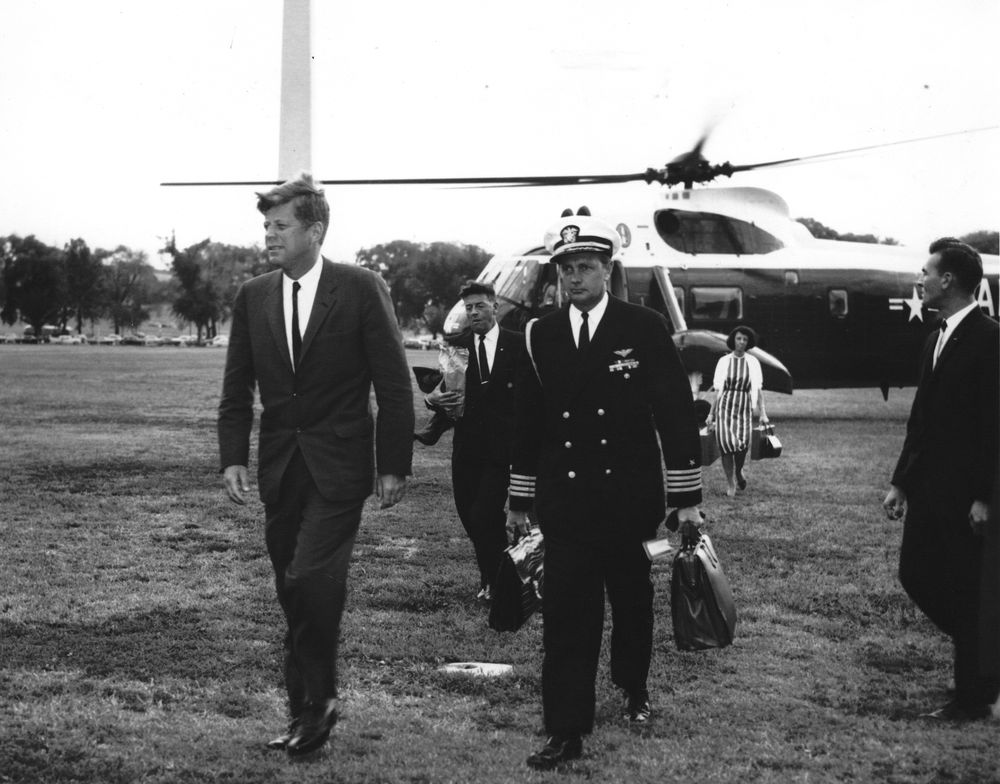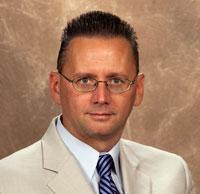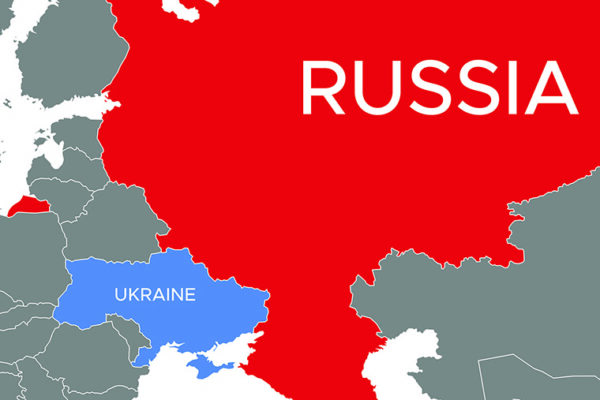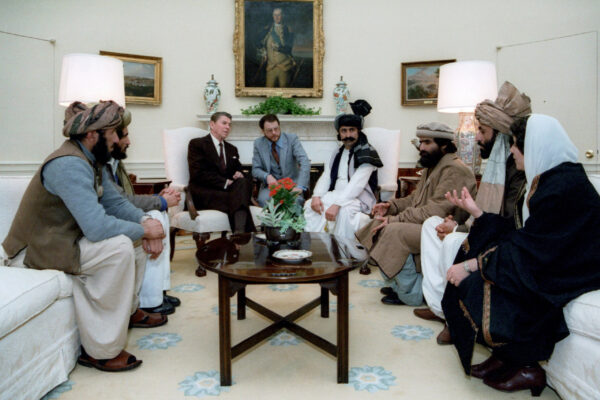
It is the ultimate symbol of public trust. Accompanying the president, at virtually all times, is a military aide with a large, black satchel known as the “nuclear football.”
But for all its prominence in the popular imagination, the football does not contain some sort of “nuclear button” that might allow a president to single-handedly initiate nuclear launch, says Krister Knapp, senior lecturer in history in Arts & Sciences at Washington University in St. Louis.

“The satchel is a portable command center,” says Knapp, who coordinates the history department’s Crisis and Conflict in Historical Perspective initiative. “But the president cannot just order up a nuclear weapon the way one might order a steak at a restaurant. The point of the football is not to start a war, but to put checks and balances on doing so.
“The term ‘football’ was invented during the Kennedy administration, but the satchel to which it refers started during the Eisenhower administration,” Knapp continues. “The United States developed so many — and so many different kinds of — nuclear weapons, it was realized the president would need some way to communicate with the Pentagon when he was away from a command center.
“The football contains several items. Chief among these is an identification process to make sure the person ordering the use of nuclear weapons is, in fact, the president. It aIso contains a menu of options of response should an adversary attack. But the president does not act in isolation. There are multiple levels of command and control involving the Joint Chiefs of Staff and others at the Pentagon, who relay the terms to the various command centers, who then require verification back from the Joint Chiefs, who then require the president to re-verify, and so forth. It doesn’t happen in one call or in one instance; there is no ‘button’ in that sense.
“Much of this process was developed during the Kennedy administration after the Cuban Missile Crisis. JFK realized — with a great deal of shock and dismay — how easy it would have been to accidentally, or with very little effort, start a nuclear war. Today the system has many checks and balances designed to prevent impulsive decisions.
“No one person, not even the president, is able to launch a nuclear weapon in a single decisive moment.”
At 7 p.m. Thursday, Oct. 6, Knapp and the Crisis and Conflict in Historical Perspective initiative will host a free talk by Thomas Wright, director of the Project on International Order and Strategy with the Brookings Institution in Washington, D.C. The talk, titled “Presidential Candidates’ National and Foreign Policies,” will examine the national security policies of candidates in the 2016 presidential election. It takes place in January Hall, Room 110. For more information, visit pages.wustl.edu/cchp.


